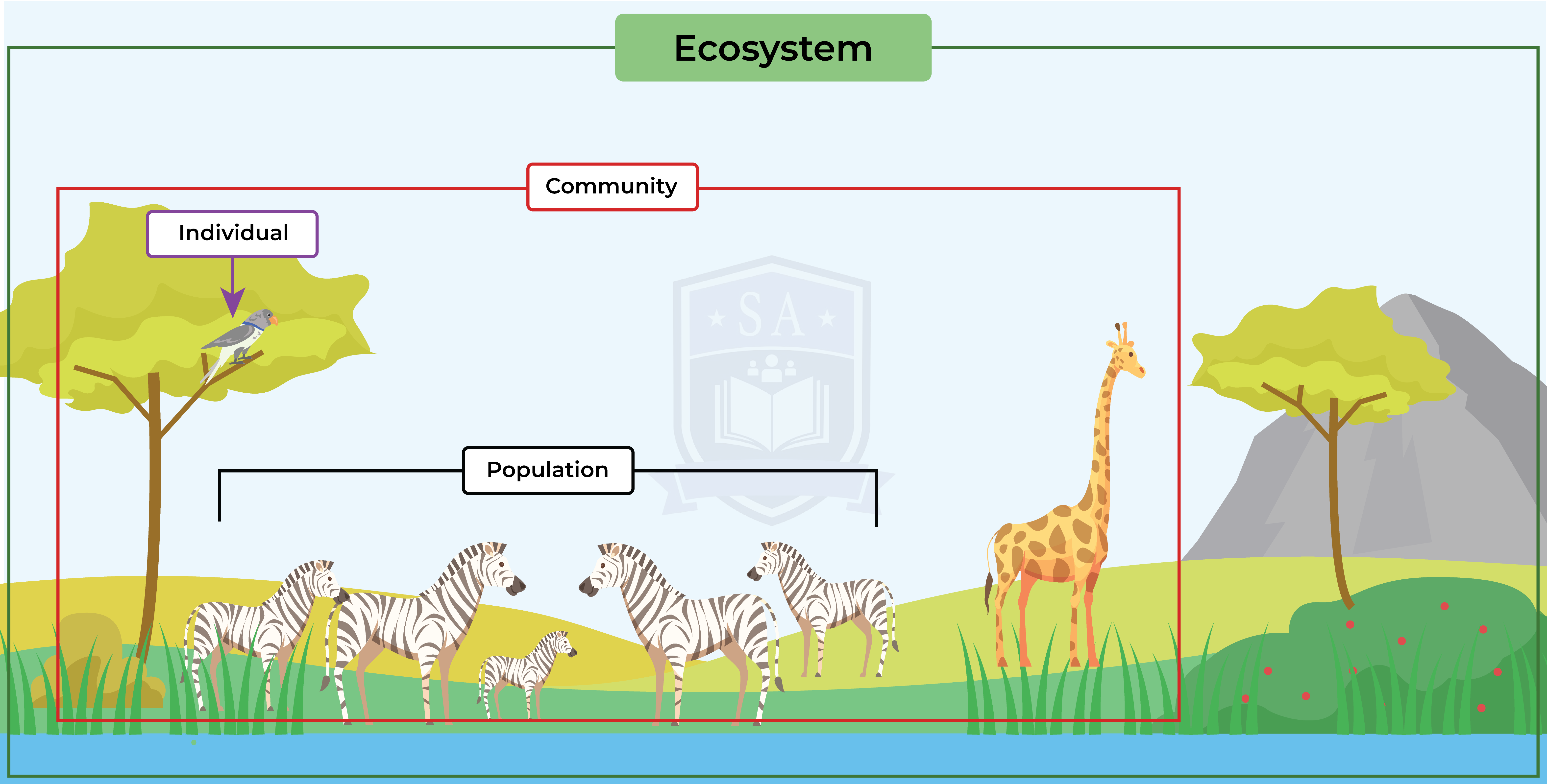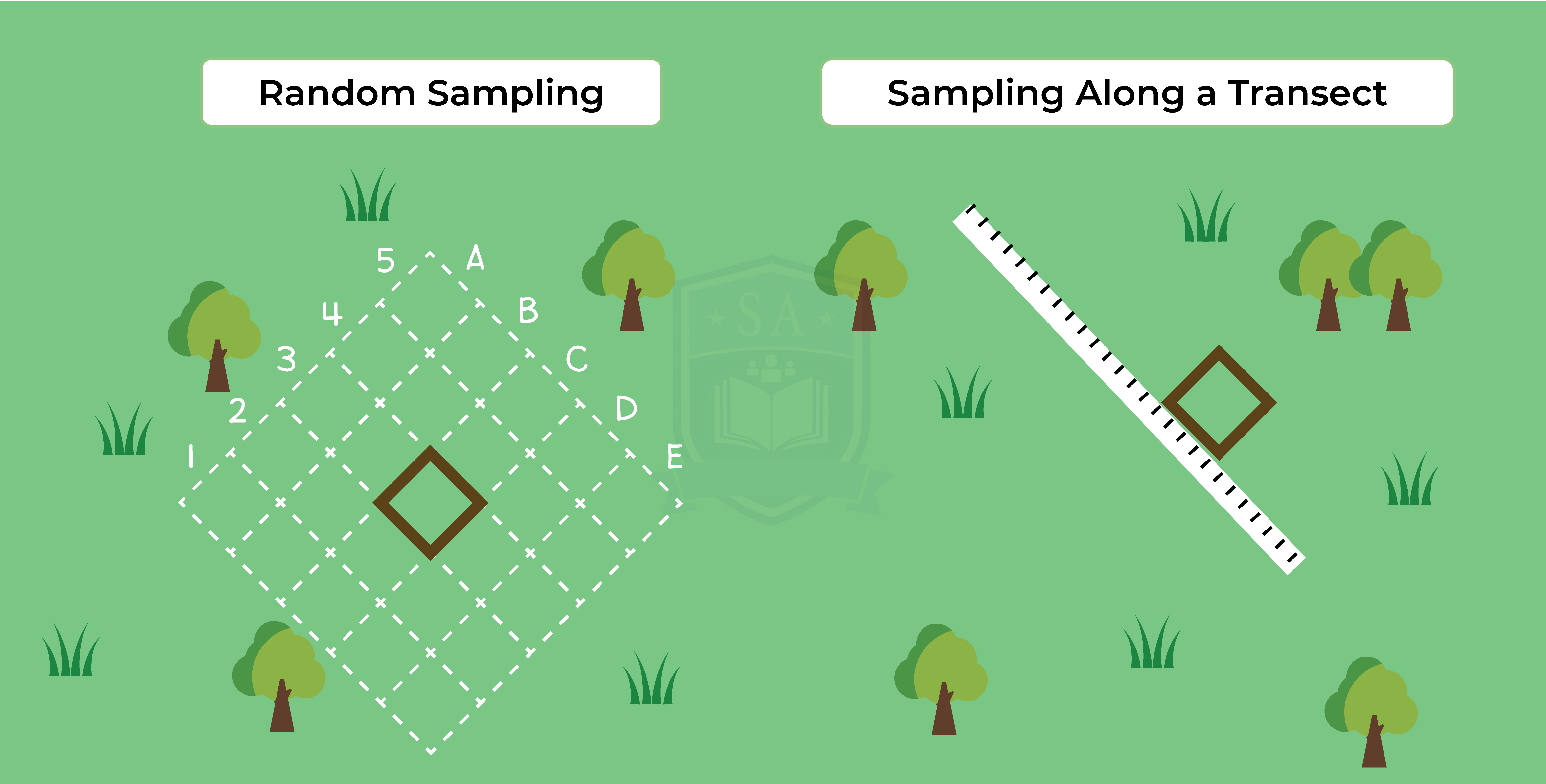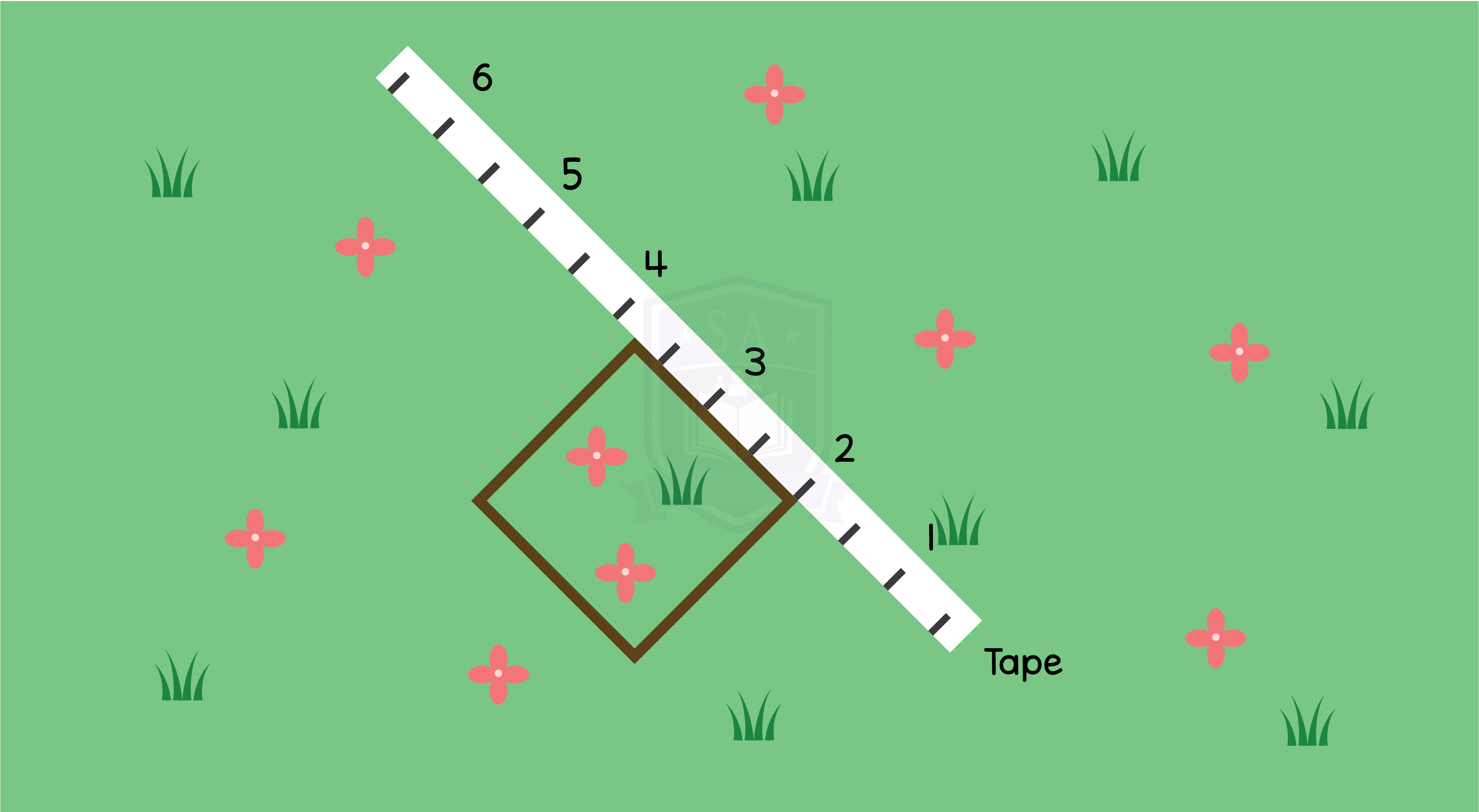REVISION NOTES
IGCSE Edexcel Biology
4.1 The Organism in the Environment
4.1.1 Understand the terms population, community, habitat and ecosystem

4.1.2 Practical: investigate the population size of an organism in two different areas using
quadrats


Quadrats:
- Square frames that come in different sizes
- Can be placed on the ground to collect information regarding organisms in that particular area
- Abundance of plant or smaller animal species measured by recording:
- Population size
- Total number of species
- Percentage cover
- Percentage cover is the approximate percentage of an area that the species cover within the mat
Population size practical:
- Use a transect to define the area where the practical will take place
- Place the quadrat mat along the transect
- Quadrat mats can be placed:
- On two different ends of the quadrat
- At specific intervals (every 2m)
- Randomly along the transect
- A specific coordinate that is computer generated
- Count the number of target species found within the quadrat
- Repeat this at two other locations
- Estimate population using the following equation:
Estimated population size = Total area of survey/Area sampled using quadrat x Total population calculated
4.1.3B Understand the term biodiversity
Biodiversity:
- Range and variety of species within an ecosystem
- Includes species richness
- Considers variation within each species based on distribution and population size
- E.g. high biodiversity can be seen in tropical rainforests:
- Contains a lot of different species
- Wide range of variation that is evenly distributed across the ecosystem
- High biodiversity reduces the interdependence
- Ensures that the decline in population of one species does not significantly impact the ecosystem
- More diverse ecosystems are more resistant to sudden environmental changes or diseases
4.1.4B Practical: investigate the distribution of organisms in their habitats and
measure biodiversity using quadrats

4.1.5 Understand how abiotic and biotic factors affect the population size and distribution of organisms
Biotic vs Abiotic factors:
- Biotic factors are all living factors interacting in an environment
Abiotic factors are all non-living factors interacting in an environment

